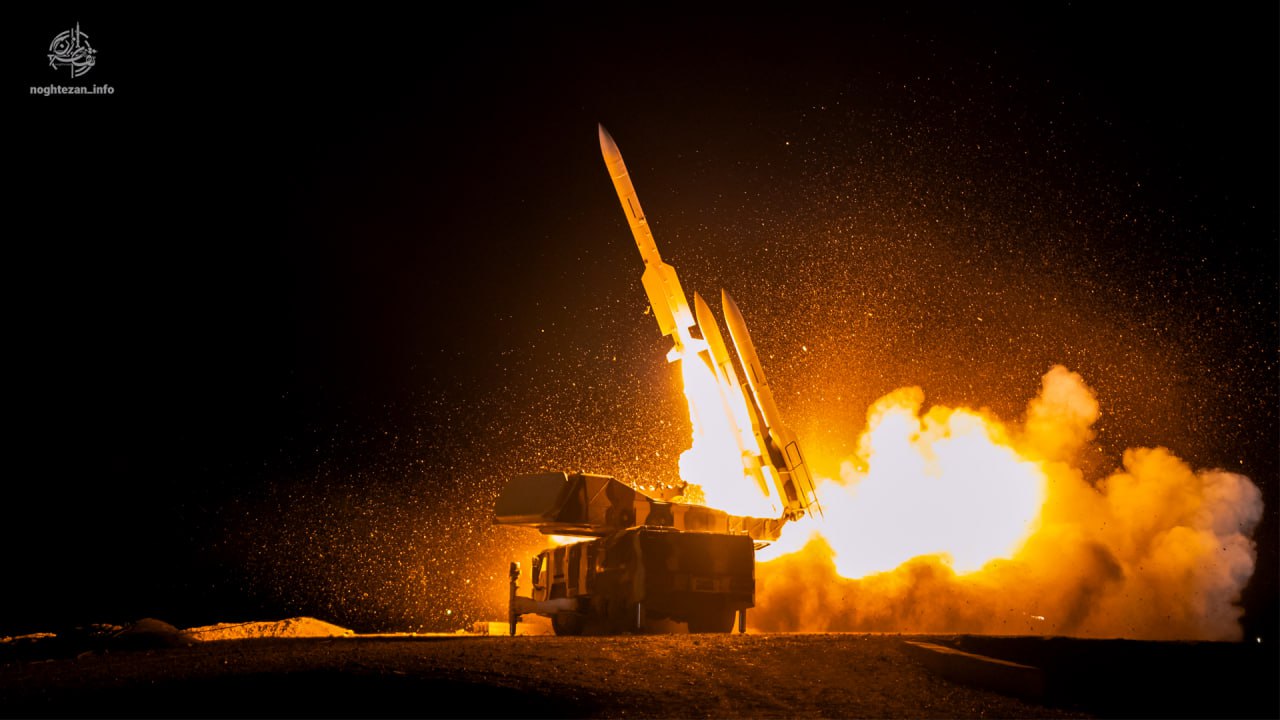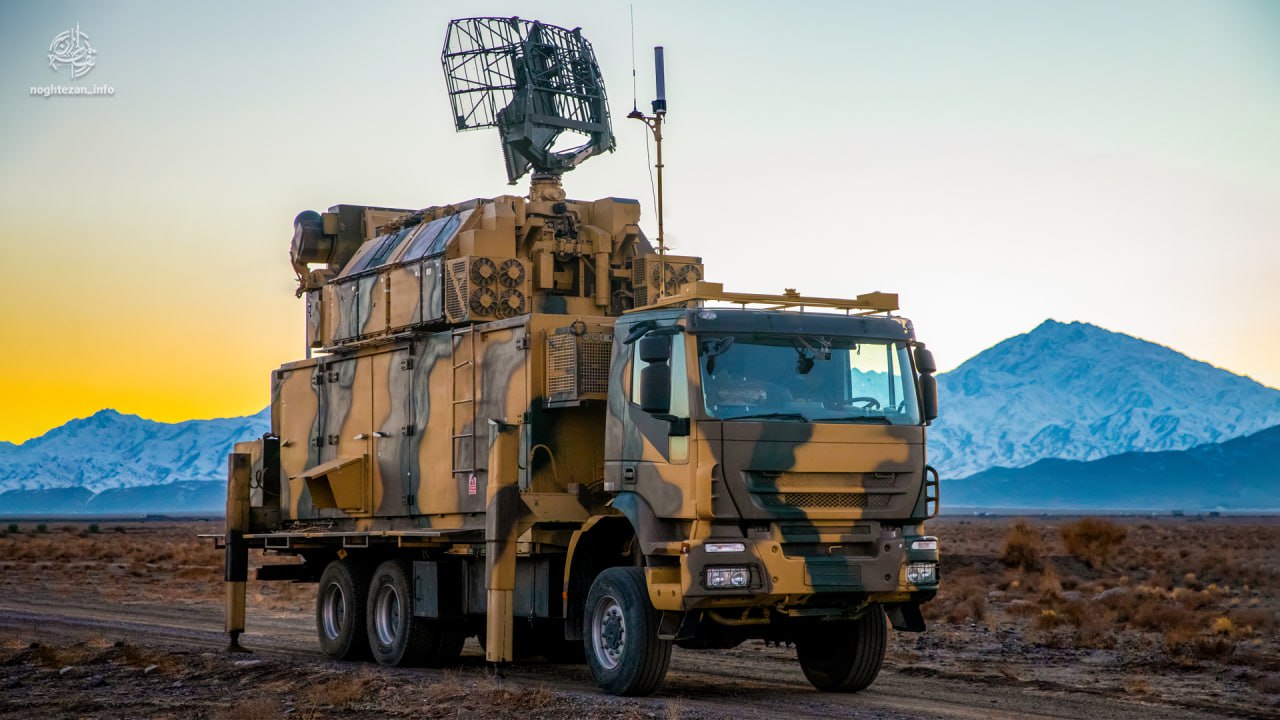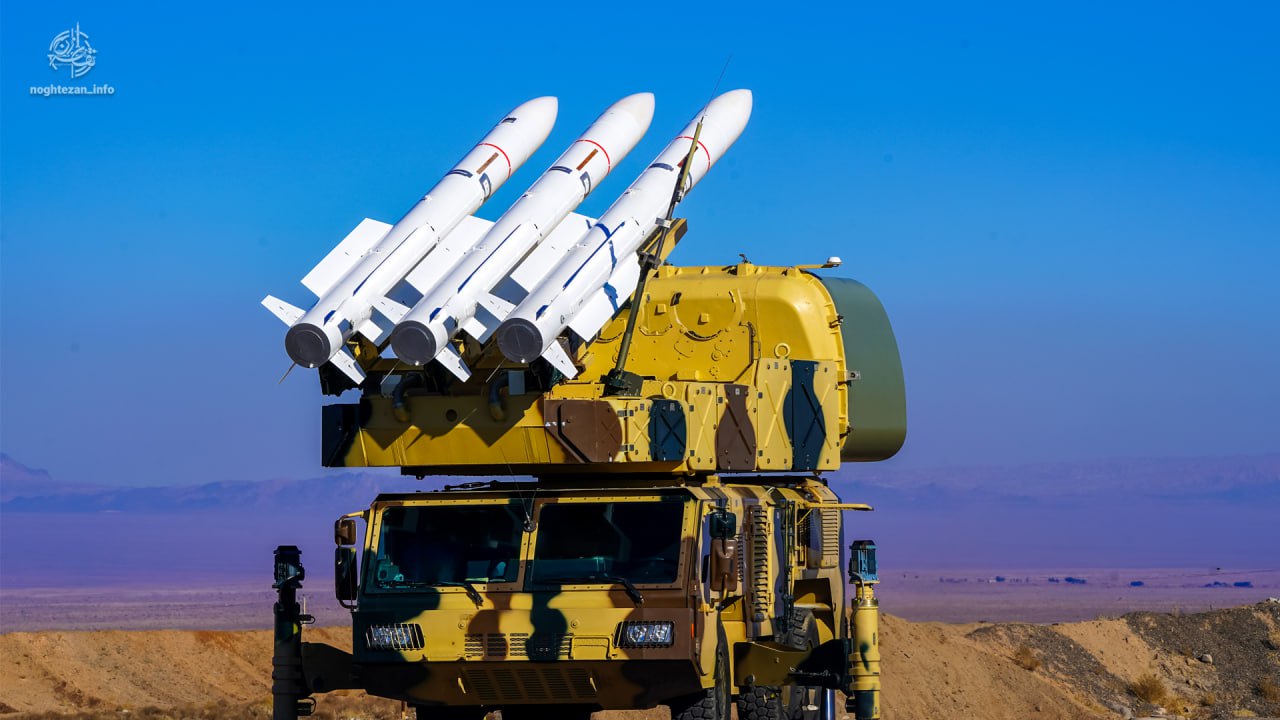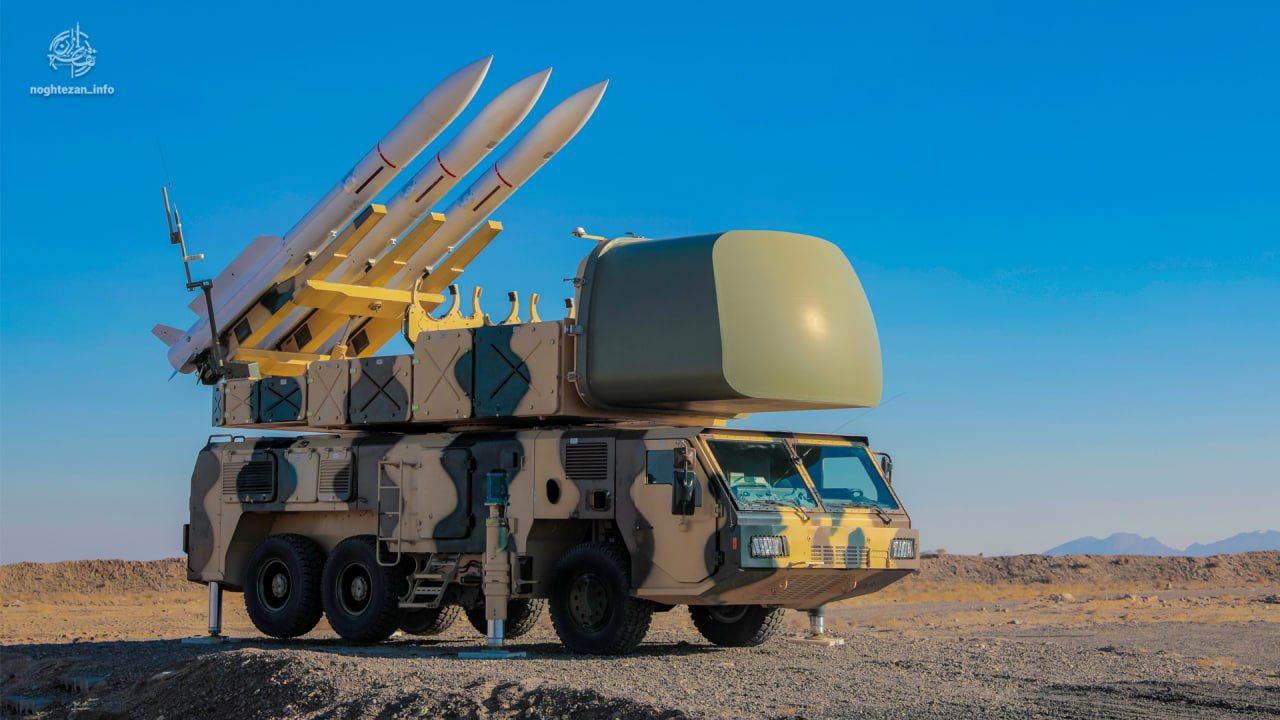Iran Conducts Drills to Repel Attacks on Nuclear Program Facilities
8 January, 2025 Self-propelled launcher of the Iranian 3rd Khordad anti-aircraft system, January 2025. Photo: noghtezan_info Iran has launched the Eqtedar 1403 large-scale air defense drills to protect its uranium enrichment facility following reports of potential strikes by the United States.
This is reported by the Iranian news agency Irna.ir This Tuesday, the Aerospace Forces of the Islamic Revolutionary Guard Corps began the practical part of the exercise to defend the airspace from possible attacks in Natanz, in the central province of Isfahan. Critical facilities of Iran's nuclear program are located here.
The Eqtedar 1403 exercise is designed to practice "point defense of a nuclear facility against multiple air threats in difficult electronic warfare conditions." The exercise followed reports that U.S. National Security Advisor Jake Sullivan had presented President Joe Biden with options for a potential strike on Iranian nuclear facilities.
According to the report, a key factor in the decision could be "the start of Iranian nuclear weapons production by January 20, 2025." To defend the strategic industrial facility, the Iranians deployed echeloned air defense, deploying surveillance radars and the Sepehr-14 fire control system to coordinate units.
The released footage shows the deployment of Iranian anti-aircraft systems 3rd Khordad, Tabas and Dezful, as well as Soviet Tor-M1 systems. The tactics of the Iranian air defense forces involve the deployment of SAM firing systems in protected reinforced concrete shelters until the order to move to a firing position is given. Probably, such actions are due to camouflage from enemy satellite reconnaissance and diversification of systems in case of missile attacks.
Iranian anti-aircraft systems at the Eqtedar 1403 exercise
The Tabas is an Iranian self-propelled medium-range anti-aircraft missile system capable of engaging air targets at a distance of up to 60 kilometers and an altitude of up to 30 kilometers.
In addition to a three-missile launcher, it is equipped with its own onboard surveillance and guidance radar, which allows it to operate autonomously in isolation from other vehicles in the system.
The 3rd Khordad, also known as Khordad-3, is an advanced Iranian air defense system designed to engage stealthy air targets such as 5th generation fighters and short-range ballistic missiles.
The launcher of the system carries 3 Taer-2B anti-aircraft missiles with a claimed range of up to 105 km and a maximum altitude of 25-30 km. Like Tabas, each launcher has its own X-band radar.
 3rd Khordad SAM launcher, Natanz, Iran, January 7, 2025. Photo: noghtezan_info
3rd Khordad SAM launcher, Natanz, Iran, January 7, 2025. Photo: noghtezan_info
There is virtually no open data on the Dezful system.
However, visual features suggest that the system was developed on the principle of reverse engineering and copying the Tor-M1 system on a truck wheelbase.
 Dezful SAM system, Natanz, Iran, January 7, 2025.
Dezful SAM system, Natanz, Iran, January 7, 2025.
Photo: noghtezan_info

